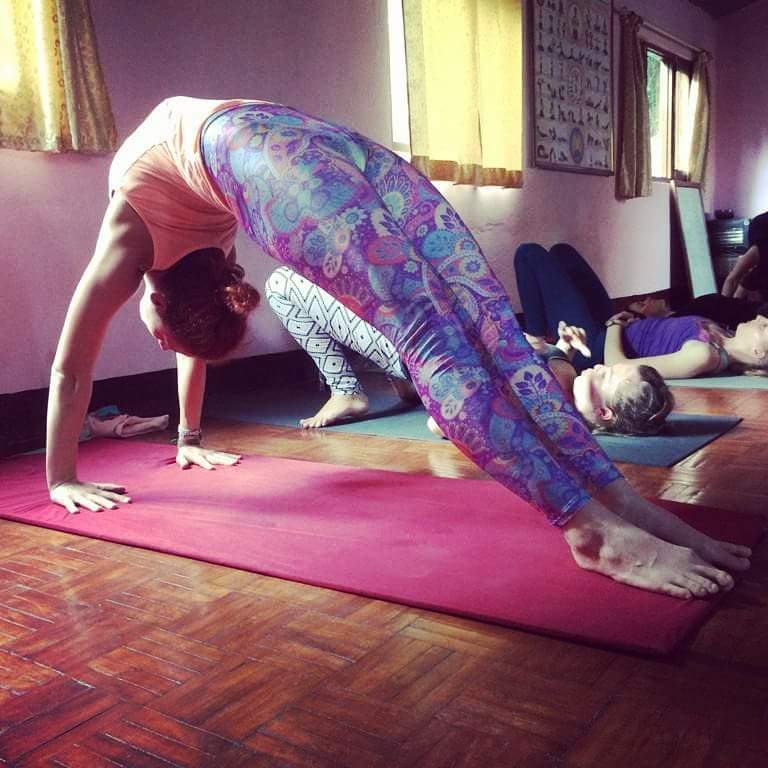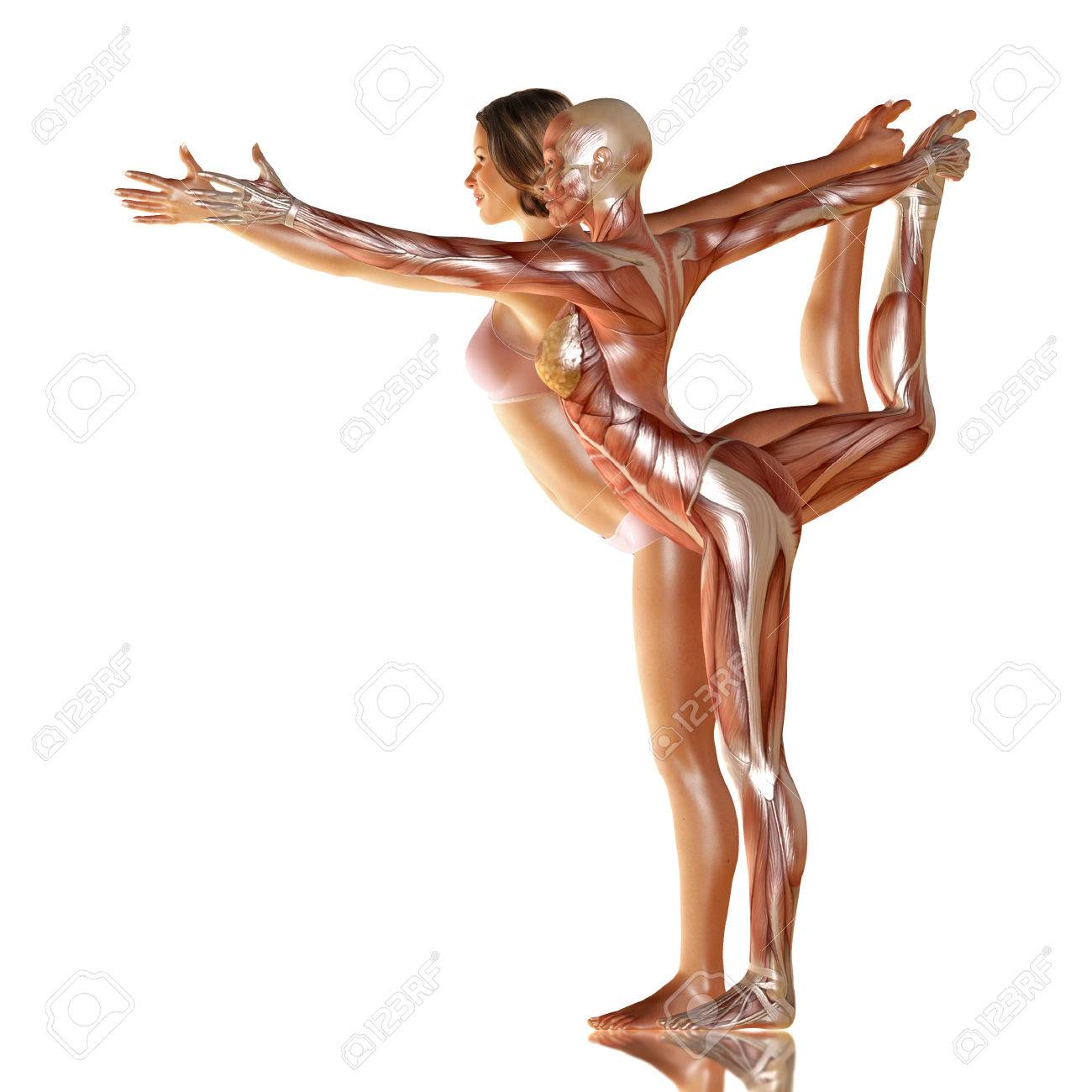
2 May 2019 HYN Himalayan Yoga Academy
Introduction to Yoga:
Yoga is the ancient spiritual science of human beings. It was a means of spiritual sadhana for human discipline and power. Now it is known as the achievement of health, happiness, and harmony. Yoga is a union it means a mission. We have been practicing the different means or techniques for Yoga; such means are addressed by Yogic Kriyas (Acts of Yoga). Maharshi Patanjali, a founder of Yoga Darshan says “Yogashchittavrittinirodhah” PYS 1.2 means that the cessation of modified thoughts in chitta is called Yoga. It is a state of devoid where nothing is left, just empty where awareness is active and sparking and then the seer can realize his origin.
Yoga is the self-realization throughout sadhana, absolutely based on experimental science, is just not a theoretical aspect whatever we gain but whatever we do, is the sense. Knowing or learning is not only a part of education, furthermore developing attitudes and understanding its values and their application is a major issue for human perfection.
Means of yoga or yogic kriyas should be cultivated and applied in systematic patterns or sequences on the basis of human science; otherwise, we can’t meet our mission. Learn About anatomy and physiology in yoga practices
Yoga and Anatomy:

Human Body is a complex multi-cellular organism having innumerable physiological, biological, and psychological processes. Anatomy and Physiology are two major components of the human body; they run hand in hand together along with life. Anatomy means the science of structure like the location, name of parts, shape & size, structure, design, engineering, etc. Physiology means the science of function like the running process of circulation, communication & secretion, and overall whole transportation. The harmony of all structural units and functional processes leads to the total well-being of life whereas disharmony of structure and functions causes illness.
All means of yoga have generally been applied in our body as a laboratory where all experiments are done. It is fully equipped laboratory full of requirements like devices and chemicals. So, without knowing about the human body or Anatomy & Physiology, our practice never completes or any means.
Need of study of Yoga Anatomy
Anatomy and Physiology are the main parts of the human body that tend whole body to survive. At least we should know the name and location of vital and some more major organs of the body, even though not only the voluntary parts of external muscles and bones, just like a pillar of the house. It is more about this. Knowing about muscles and bones is just for stretching, a bit warming, and opening but still not for flexibility, strength, vitality, toleration, endurance, quality of health, longevity, and expansion of consciousness which should be towards almighty. So, we should know the structural and functional units of life it starts from cells and whole units of body organization with vital organs, actins organs, sensory organs, glands, and systems, then spiritual yogic body panchakosa; panch prana, chakras, Nadis, and Kundalini / Life force, doshas and Prakriti (qualities) as well. It is mainly summarized into three points.
-to acknowledge the complex body units associated with their functions concerning yogic practices for the optimum benefits.
-to manipulate the yogic kriyas based on location, structure, function, and body alignment to fundamental level to higher levels of practice effectively.
– to make better learning, understanding, practices, and teaching of science more scientific and philosophical concerning complementing knowledge, experience, and human consciousness.
Anatomical figures as different sciences:
Anatomy of the Natural Body:
The Human Body is composed of different parts and units.
Panchamahabhoota (Five great elements).
Nature is the mother of all sciences and also the first principle.
Prithivi Tatva (Earth Element) – Gross Body, muscles, and bones
Jala Tatva (Water) – the liquid portion of the body like blood, lymph, juice, mucus
Agni Tatva (Fire) – Body temperature, heat energy, colors,
Vayu Tatva (Air) – All types of communication like respiration, circulation, motion, hearing
Aakasha Tatva (Ether/ Space) – all spaces, cavities, canals, tubes, and vessels of the body
Anatomy of Spiritual/ Yogic Body (Panchakosa): Anatomy and physiology in yoga practices
- AnnamayaKosa (Physical Sheath/ Body)
- PranamayaKosa (Vital Sheath/ Body)
- ManomayaKosa (Mental Sheath/ Body)
- VigyanamayaKosa ( Wisdom Sheath/ Body)
- AanandamayaKosa (Blissful Sheath/ Body)
Anatomy of Pranic body (Panchaprana):
- Prana Vayu
- Samana Vayu
- Apana Vayu
- Uddyana Vayu
- Vyana Vayu
Anatomy of Chakra Body:
- Mooladhara Chakra
- Svadhishthana Chakra
- Manipur Chakra
- Anahata Chakra
- Vishuddi Chakra
- Anggya Chakra
- Bindu Chakra
- Sahasraha Chakra
Anatomy of Nadi Vigyana:
There are 72000 nadis in Tantra Yoga, out of these 14 principal nadis are:
Sushumna; Ida; Pingala; Gandhari; Hastajihva; Yashasvini; Pusha; Alambusha; Kuhu; Sakini; Sarasvati; Payasvini; Varuni; Vishvodara
Anatomy of Ayurveda Vigyana:
samadoshah samaagnishcha samadhaatumalakriyah!
prasannaatmendriyamanaah svastha ityabhidheeyate!!
The meaning of the statement/ verse is: equanimity of three doshas, thirteen agnis, seven dhathus, three malas, and the happier stage of all eleven organs like five sensory, five actions, and the mind is the state of optimum health of the human beings.
Dosha – Vata, Pitta, Kapha
Agni – Jatharagni-1; Bhutangni-5; Dhatwagni-7;
Dhatu – Rasa; rakta; Mansa; Medas; Asthi; Majja; Sukra
Mala – Purish; Mutra; Sweda
Anatomy of the Human Body as a medical view:
Human Body is a huge organization with multi-cellular structures and functions.
Cells (Structural and Functional Units) —————
Tissues (group of specific cells) —————
Organs (group of tissues) ——————————–
Systems (group of organs)——————————-
Human Body ( a complex organism)
Neuro-muscular-skeleton coordination, Neuro-coordination of entire physiologies, and Neuro-endocrine coordination indicate all the human possibilities. It does not consist of Muscles and bones only; we have to enter entire levels of involuntary and autonomic structures and functions.
Anatomical and Physiological work out toward spiritual achievement:
First stage: warming up, vibrating, opening, stretching in both voluntary and involuntary concern Neuro-coordination to Voluntary muscles and bones.
Second stage: Circulating, detoxifying, communicating (stimulus & Response) or physiological connectivity, Neuro-co ordination to Involuntary; Vital organs, Glands (Exocrine, Endocrine, Lymphatic)
Third stage: Flexibility (Mobility & ability) and Neuro-coordination, hormonal coordination to cellular networking.
Fourth stage: Efficiency (acceleration & duration) and internal homeostasis; concentration and calmness
Fifth stage: Bio-electromagnetic charges firing, the charge of Atom (Electron, Proton & Neutron) at omnipresent power Om/ sounds. Atom exists at Om (Atom = At + Om) based on Quantum theory; the harmonious rhythm of life; Kundalini awakening; the means of attainment is Dhyana (Meditation).
Sixth stage: Ojomaya and Tejomaya; expansion of consciousness; Samadhi (Liberation)
Some keynotes of Anatomy and Physiology in Yoga Practice
- Joints and Voluntary Muscles as the foundation
- Muscle contraction and the nature of the movement
- Body Alignment and Flexibility principles
- Major Cavities and Involuntary connectivity
- Location of Major organs and their vital process
- Co-ordination of Nervous and Endocrine Systems as psycho-physiological change
- Inter-relation of endocrine glands and chakras
- Anatomy concerns External and internal yoga
Yoga Practices:
Yoga should ethically be done on a good plan submitting all the means of Yogic Science. ‘Yogah Samadhi” it means Yoga is Samadhi; Samadhi is Yoga. Hath Yoga qualifies us for entry into Raja Yoga. Ethical rules of Yama & Niyama; Sukshma Vyayama, Suryanamaskara chakra, Yogasana, Bandha, Mudra, and Pranayama are the preparatory phase of Meditation and Meditation is the preparatory phase of Yoga or Samadhi. So, Dhyana (Meditation) is the final weapon of yoga, a state of Samadhi. In general, yogasana is the pre-stage of meditation so, Yoga is more about meditation. Practicing any physical-based practice and karmas are pre-requisite qualifications for meditation purposed to attempt super happiness without cause; satchittananda and liberation.
Shatakarma:
Shatakarma –six cleansing acts are detoxification procedures that are clinical and physiological in nature and help to remove the toxins accumulated in the body and prepare for further practices of all means of yoga.
Prayer:
It prepares our emotional, devotional & entire atmosphere, mood, and expression because each moment is beautiful initiation of a beautiful day that leads to the well-done practice of the whole day fullness. Methods- sit on Vajrasana or any comfortable meditation posture keeping back straight, pranam mudra and eyes closed, deep breath few times, Om chants-3 times, Guru mantra- 3 times – e.g. “Om Shree Gurave Namah”, sankalpa (Resolve) 3 times – Today I put my gratitude and show my love to all.
Sukshma Vyayama (subtle Exercise): It is considered as an anti-rheumatic group of exercise so, attempt main joints – ankles, knees, hop joint, wrist, shoulder, neck, etc. and saptadwara – eyes-2, ears-2, nostrils-2 and mouth- at least.
Dynamic exercise:
It stretches and speeds up circulation. It also helps to bring flexibility and enhances the Asana practices easier but of there is no equality of action and rest and also not done under breath rules and awareness, it can work reversely creating pain, tension, and excess pressure on joints and muscles.
Asana Practice:
It develops flexibility, maintains proper alignment, promotes efficiency, stamina, endurance, toleration, and patience, and makes the swasa kriyas (breathing acts) easier and clear. It also prepares for meditation postures.
Pranayama practice
“Pranayama Paramo Tapah”. It is a supreme practice as major means of Yogic acts. It spreads up vitality and reduces the consumption of oxygen and energy in the body, ultimately it calms the mind, explores the soul, rejuvenates life, and lengthens the life span. Bandhas and Mudras are practices associated with Pranayama. They are viewed as the higher practices that mainly adopt certain physical postures along with control over our breath. This further facilitates control of mind and paves way for higher yogic achievement.
Antaranga Yoga:
Pratyahara indicates the dissociation of human consciousness from the sensory organs which unite with the external objects. Dharana indicates the broad field of attention which is usually felt as concentration. Dhyana is frequent attention inside entering into silence, however, meditation which moves one towards self-realization that will lead us to transcendence/ liberation.
Conclusion:
Yoga begins when class is over. It is a whole life project as Prabda Karma’s motive is to aim Aagami Karma. Acknowledgment of anatomy and physiology nearly connects Asanas, Bandhas, mudras, Pranayama, Pratyahara, Dharana, and Dhyana practices for effective and rational benefits. Internal anatomy and yogic anatomy are very supportive roles for clarity of higher practice. Yoga is neither physical exercise nor religious science; however, it is purely spiritual science or existence science for the continuation of this beautiful existence of all beings and this wonderful world as well within the universe.
AUM! Asato-mā Sat Gamaya! Tamaso mā Jyotir-Gamaya!! Mrityor-mā Amritam-Gamaya!!!
OM SHANTIH! SHANTIH!! SHANTIH!!!
SWAMI YOGA SUBODH (Dr. SIMKHADA SUBODH)
www.himalayanyoganepal.com
